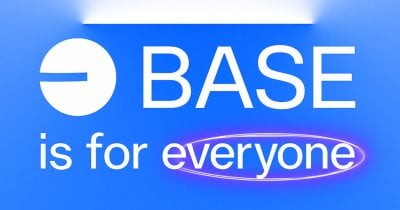What is Tensorflow Extension?
TensorFlow is a software library for machine learning and artificial intelligence. It can be used across a range of tasks, but is used mainly for training and inference of neural networks.[3][4] It is one of the most popular deep learning frameworks, alongside others such as PyTorch.[5] It is free and open-source software released under the Apache License 2.0. It was developed by the Google Brain team for Google's internal use in research and production.[6][7][8] The initial version was released under the Apache License 2.0 in 2015.[1][9] Google released an updated version, TensorFlow 2.0, in September 2019.[10] TensorFlow can be used in a wide variety of programming languages, including Python, JavaScript, C++, and Java,[11] facilitating its use in a range of applications in many sectors. ** Usage and Extension** TensorFlow TensorFlow serves as a core platform and library for machine learning. TensorFlow's APIs use Keras to allow users to make their own machine-learning models.[32][42] In addition to building and training their model, TensorFlow can also help load the data to train the model, and deploy it using TensorFlow Serving.[43] TensorFlow provides a stable Python Application Program Interface (API),[44] as well as APIs without backwards compatibility guarantee for Javascript,[45] C++,[46] and Java.[47][11] Third-party language binding packages are also available for C#,[48][49] Haskell,[50] Julia,[51] MATLAB,[52] Object Pascal,[53] R,[54] Scala,[55] Rust,[56] OCaml,[57] and Crystal.[58] Bindings that are now archived and unsupported include Go[59] and Swift.[60] TensorFlow TensorFlow serves as a core platform and library for machine learning. TensorFlow's APIs use Keras to allow users to make their own machine-learning models.[32][42] In addition to building and training their model, TensorFlow can also help load the data to train the model, and deploy it using TensorFlow Serving.[43] TensorFlow provides a stable Python Application Program Interface (API),[44] as well as APIs without backwards compatibility guarantee for Javascript,[45] C++,[46] and Java.[47][11] Third-party language binding packages are also available for C#,[48][49] Haskell,[50] Julia,[51] MATLAB,[52] Object Pascal,[53] R,[54] Scala,[55] Rust,[56] OCaml,[57] and Crystal.[58] Bindings that are now archived and unsupported include Go[59] and Swift.[60] TensorFlow.js TensorFlow also has a library for machine learning in JavaScript. Using the provided JavaScript APIs, TensorFlow.js allows users to use either Tensorflow.js models or converted models from TensorFlow or TFLite, retrain the given models, and run on the web.[43][61] TFLite TensorFlow Lite has APIs for mobile apps or embedded devices to generate and deploy TensorFlow models.[62] These models are compressed and optimized in order to be more efficient and have a higher performance on smaller capacity devices.[63] TensorFlow Lite uses FlatBuffers as the data serialization format for network models, eschewing the Protocol Buffers format used by standard TensorFlow models.[63] TFX TensorFlow Extended (abbrev. TFX) provides numerous components to perform all the operations needed for end-to-end production.[64] Components include loading, validating, and transforming data, tuning, training, and evaluating the machine learning model, and pushing the model itself into production.[43][64] Integrations Numpy Numpy is one of the most popular Python data libraries, and TensorFlow offers integration and compatibility with its data structures.[65] Numpy NDarrays, the library's native datatype, are automatically converted to TensorFlow Tensors in TF operations; the same is also true vice versa.[65] This allows for the two libraries to work in unison without requiring the user to write explicit data conversions. Moreover, the integration extends to memory optimization by having TF Tensors share the underlying memory representations of Numpy NDarrays whenever possible.[65] Extensions TensorFlow also offers a variety of libraries and extensions to advance and extend the models and methods used.[66] For example, TensorFlow Recommenders and TensorFlow Graphics are libraries for their respective functional.[67] Other add-ons, libraries, and frameworks include TensorFlow Model Optimization, TensorFlow Probability, TensorFlow Quantum, and TensorFlow Decision Forests.[66][67] Google Colab Google also released Colaboratory, a TensorFlow Jupyter notebook environment that does not require any setup.[68] It runs on Google Cloud and allows users free access to GPUs and the ability to store and share notebooks on Google Drive.[69] Google JAX edit Main article: Google JAX Google JAX is a machine learning framework for transforming numerical functions.[70][71][72] It is described as bringing together a modified version of autograd (automatic obtaining of the gradient function through differentiation of a function) and TensorFlow's XLA (Accelerated Linear Algebra). It is designed to fol
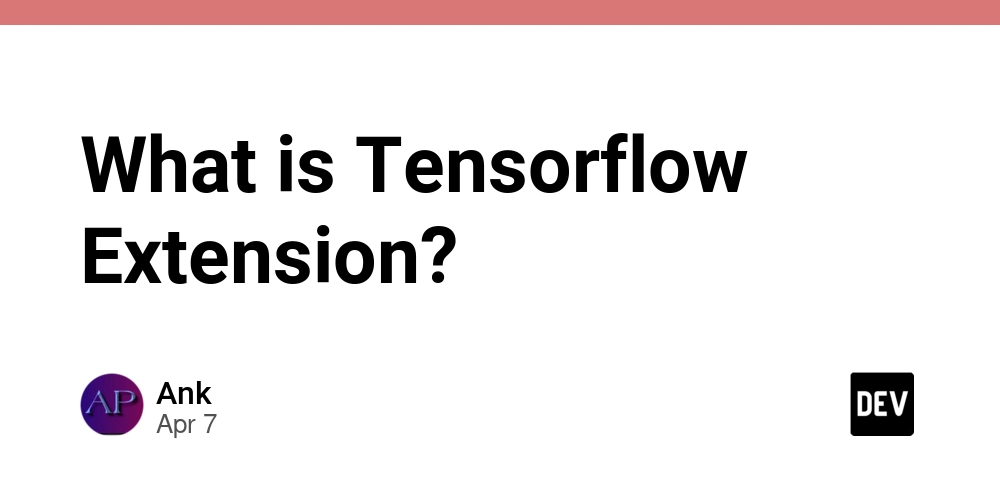
TensorFlow is a software library for machine learning and artificial intelligence. It can be used across a range of tasks, but is used mainly for training and inference of neural networks.[3][4] It is one of the most popular deep learning frameworks, alongside others such as PyTorch.[5] It is free and open-source software released under the Apache License 2.0.
It was developed by the Google Brain team for Google's internal use in research and production.[6][7][8] The initial version was released under the Apache License 2.0 in 2015.[1][9] Google released an updated version, TensorFlow 2.0, in September 2019.[10]
TensorFlow can be used in a wide variety of programming languages, including Python, JavaScript, C++, and Java,[11] facilitating its use in a range of applications in many sectors.
**
Usage and Extension**
TensorFlow
TensorFlow serves as a core platform and library for machine learning. TensorFlow's APIs use Keras to allow users to make their own machine-learning models.[32][42] In addition to building and training their model, TensorFlow can also help load the data to train the model, and deploy it using TensorFlow Serving.[43]
TensorFlow provides a stable Python Application Program Interface (API),[44] as well as APIs without backwards compatibility guarantee for Javascript,[45] C++,[46] and Java.[47][11] Third-party language binding packages are also available for C#,[48][49] Haskell,[50] Julia,[51] MATLAB,[52] Object Pascal,[53] R,[54] Scala,[55] Rust,[56] OCaml,[57] and Crystal.[58] Bindings that are now archived and unsupported include Go[59] and Swift.[60]
TensorFlow
TensorFlow serves as a core platform and library for machine learning. TensorFlow's APIs use Keras to allow users to make their own machine-learning models.[32][42] In addition to building and training their model, TensorFlow can also help load the data to train the model, and deploy it using TensorFlow Serving.[43]
TensorFlow provides a stable Python Application Program Interface (API),[44] as well as APIs without backwards compatibility guarantee for Javascript,[45] C++,[46] and Java.[47][11] Third-party language binding packages are also available for C#,[48][49] Haskell,[50] Julia,[51] MATLAB,[52] Object Pascal,[53] R,[54] Scala,[55] Rust,[56] OCaml,[57] and Crystal.[58] Bindings that are now archived and unsupported include Go[59] and Swift.[60]
TensorFlow.js
TensorFlow also has a library for machine learning in JavaScript. Using the provided JavaScript APIs, TensorFlow.js allows users to use either Tensorflow.js models or converted models from TensorFlow or TFLite, retrain the given models, and run on the web.[43][61]
TFLite
TensorFlow Lite has APIs for mobile apps or embedded devices to generate and deploy TensorFlow models.[62] These models are compressed and optimized in order to be more efficient and have a higher performance on smaller capacity devices.[63]
TensorFlow Lite uses FlatBuffers as the data serialization format for network models, eschewing the Protocol Buffers format used by standard TensorFlow models.[63]
TFX
TensorFlow Extended (abbrev. TFX) provides numerous components to perform all the operations needed for end-to-end production.[64] Components include loading, validating, and transforming data, tuning, training, and evaluating the machine learning model, and pushing the model itself into production.[43][64]
Integrations
Numpy
Numpy is one of the most popular Python data libraries, and TensorFlow offers integration and compatibility with its data structures.[65] Numpy NDarrays, the library's native datatype, are automatically converted to TensorFlow Tensors in TF operations; the same is also true vice versa.[65] This allows for the two libraries to work in unison without requiring the user to write explicit data conversions. Moreover, the integration extends to memory optimization by having TF Tensors share the underlying memory representations of Numpy NDarrays whenever possible.[65]
Extensions
TensorFlow also offers a variety of libraries and extensions to advance and extend the models and methods used.[66] For example, TensorFlow Recommenders and TensorFlow Graphics are libraries for their respective functional.[67] Other add-ons, libraries, and frameworks include TensorFlow Model Optimization, TensorFlow Probability, TensorFlow Quantum, and TensorFlow Decision Forests.[66][67]
Google Colab
Google also released Colaboratory, a TensorFlow Jupyter notebook environment that does not require any setup.[68] It runs on Google Cloud and allows users free access to GPUs and the ability to store and share notebooks on Google Drive.[69]
Google JAX
edit
Main article: Google JAX
Google JAX is a machine learning framework for transforming numerical functions.[70][71][72] It is described as bringing together a modified version of autograd (automatic obtaining of the gradient function through differentiation of a function) and TensorFlow's XLA (Accelerated Linear Algebra). It is designed to follow the structure and workflow of NumPy as closely as possible and works with TensorFlow as well as other frameworks such as PyTorch. The primary functions of JAX are:[70]
grad: automatic differentiation
jit: compilation
vmap: auto-vectorization
pmap: SPMD programming











































































































































































![[The AI Show Episode 144]: ChatGPT’s New Memory, Shopify CEO’s Leaked “AI First” Memo, Google Cloud Next Releases, o3 and o4-mini Coming Soon & Llama 4’s Rocky Launch](https://www.marketingaiinstitute.com/hubfs/ep%20144%20cover.png)




















































































































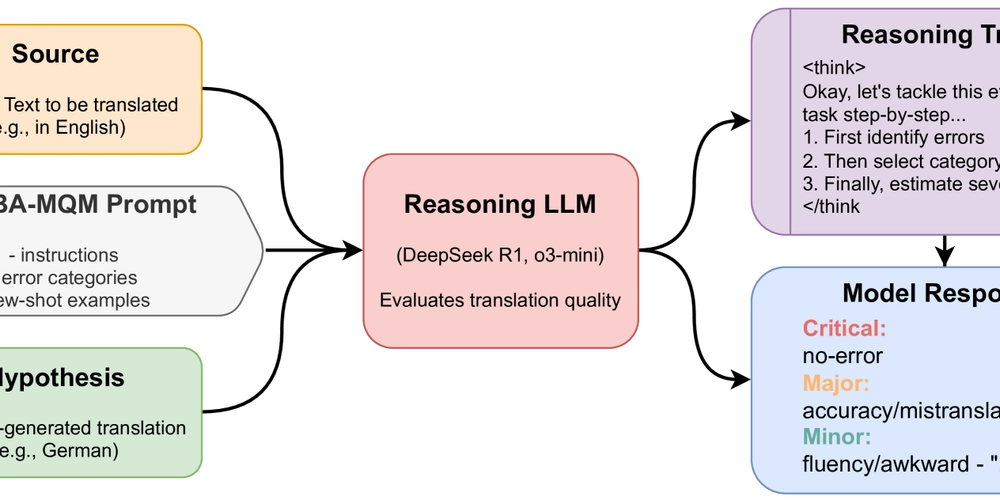





















































































![GrandChase tier list of the best characters available [April 2025]](https://media.pocketgamer.com/artwork/na-33057-1637756796/grandchase-ios-android-3rd-anniversary.jpg?#)










































.png?width=1920&height=1920&fit=bounds&quality=70&format=jpg&auto=webp#)


























.webp?#)




































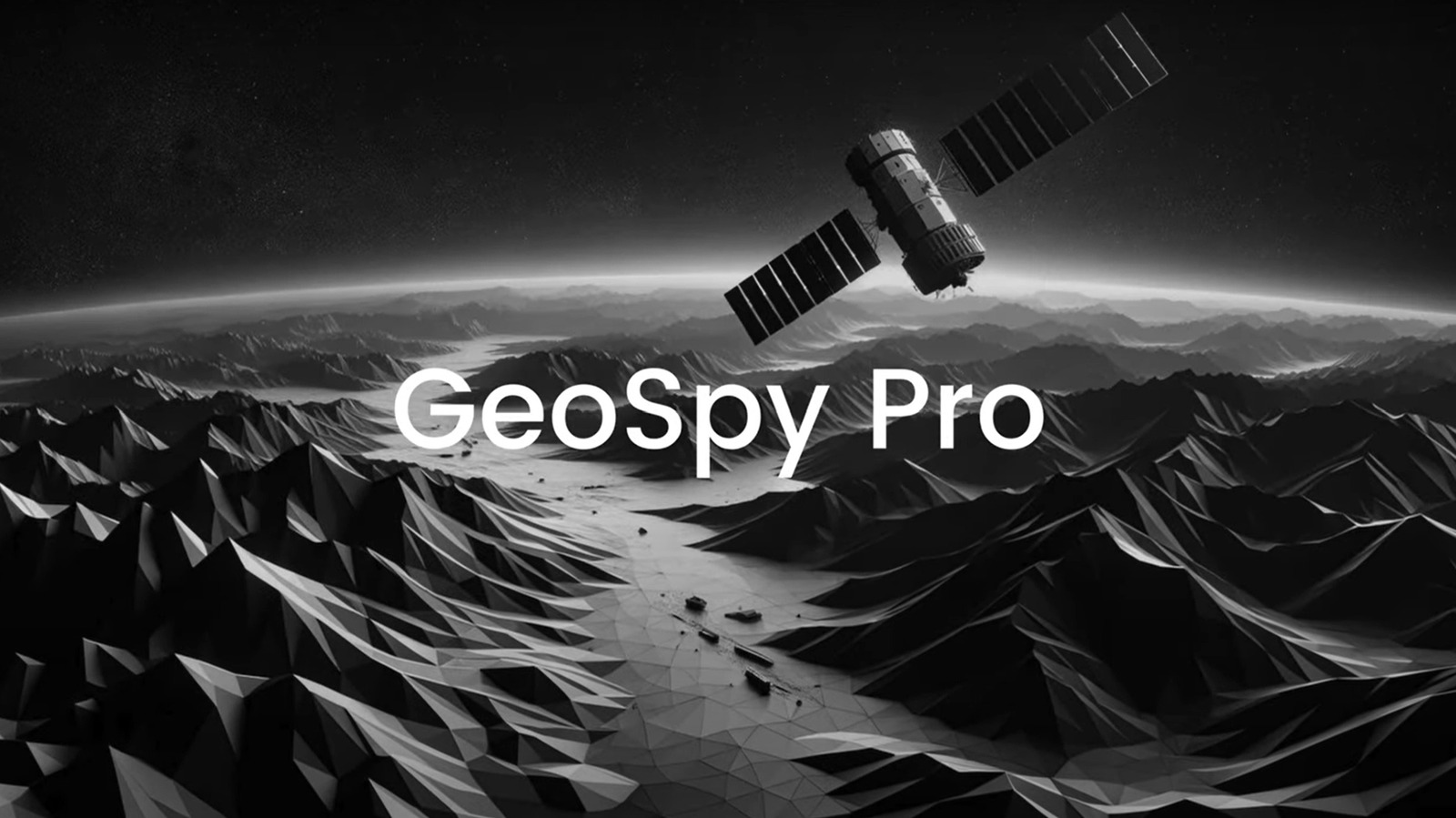






































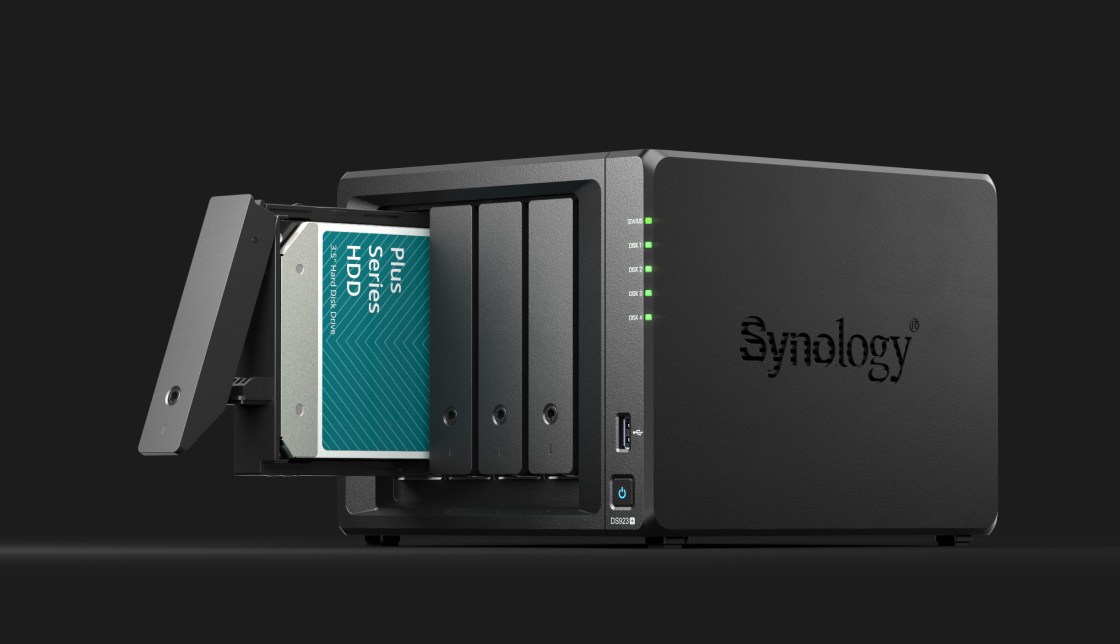



















![Foldable e-ink readers are a thing now [Gallery]](https://i0.wp.com/9to5google.com/wp-content/uploads/sites/4/2025/04/mooink-v-foldable-e-ink-1.jpg?resize=1200%2C628&quality=82&strip=all&ssl=1)








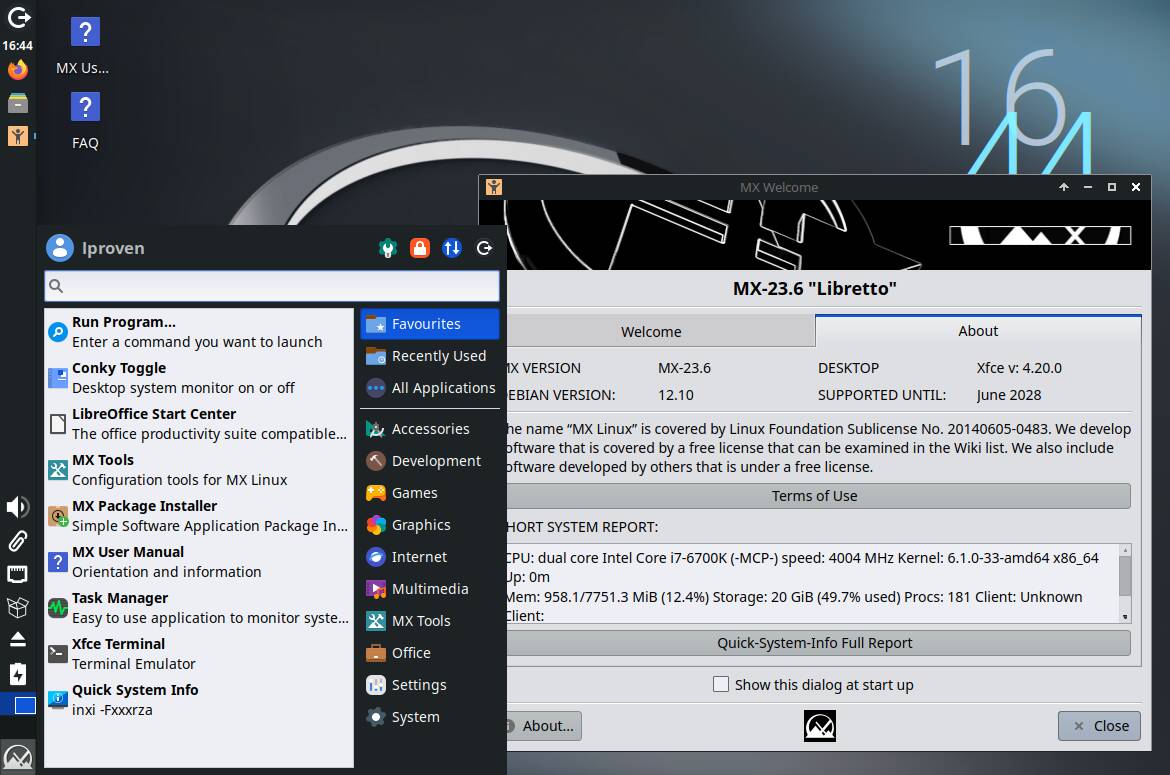

![New Beats USB-C Charging Cables Now Available on Amazon [Video]](https://www.iclarified.com/images/news/97060/97060/97060-640.jpg)

![Apple M4 13-inch iPad Pro On Sale for $200 Off [Deal]](https://www.iclarified.com/images/news/97056/97056/97056-640.jpg)

















































































































